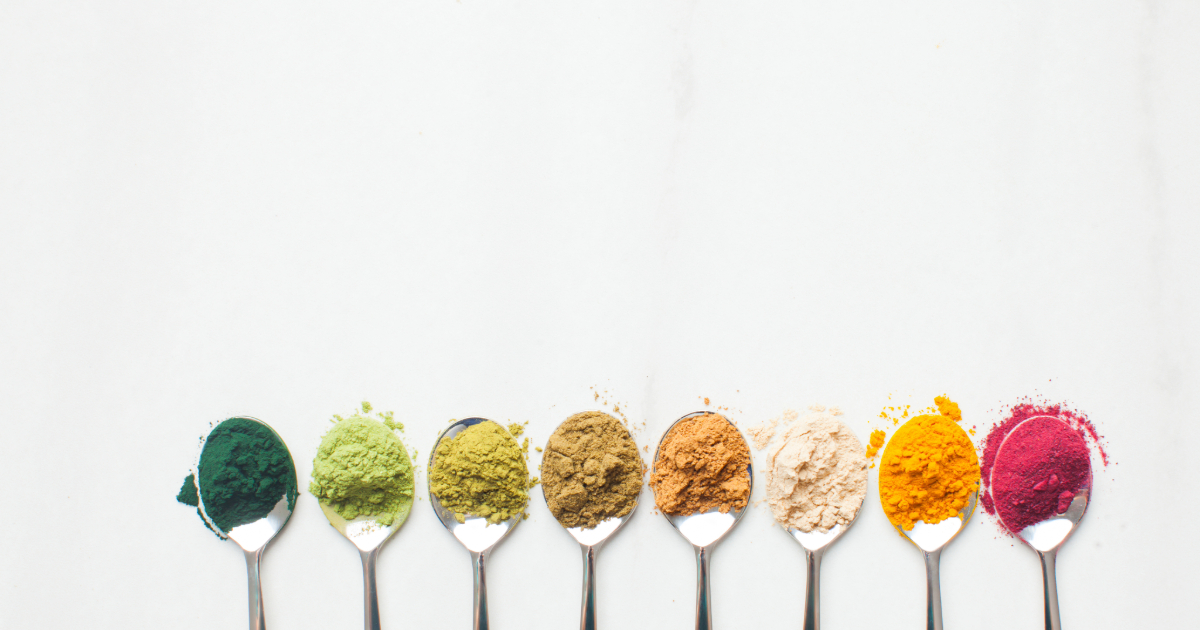Fruit powders are dried and ground fruits that provide an easy way to add fruit flavor and nutrients to recipes. As more people become interested in clean eating and using natural ingredients, fruit powders have surged in popularity. Their uses are endless - they can be sprinkled on everything from yogurt to ice cream, blended into smoothies, or mixed right into batters and doughs.

Fruit powders provide concentrated fruit flavor and bright pops of natural color without added bulk. When you remove the moisture from fruit to turn it into a powder, you intensify the flavor while reducing the volume. Just a spoonful or two of fruit powder packs the essence of cups worth of fresh fruit!
How Fruit Powders Are Made
Fruit is dehydrated until completely dry using low, even heat. Drying methods like sun drying, oven drying, food dehydrators, and commercial freeze drying are used. Once fully dried, the fruit becomes very brittle and is ground into a fine powder using a high-powered blender, coffee grinder, food processor, or mortar and pestle.
To get varying textures, you can grind coarsely for a gritty powder or continue grinding to achieve an ultra-fine, velvety soft powder. The finer the grind, the more easily it will integrate into batters and frostings. Coarse fruit powders make great toppings and add visual texture.
Key Takeaway: Fruit powders are made by fully dehydrating fruit and then grinding it into a powder. Grind size impacts texture and ease of incorporation into recipes.
Flavor and Color Benefits
Since all the moisture has been removed, fruit powders provide concentrated fruit essences that burst with flavor. Just a bit of strawberry or blueberry powder can make recipes taste like they are packed with fresh berries.
Vibrant natural colors are also a major benefit. Using fruit powders, you can easily dye foods bright pink, rich purple, sunny orange, lime green, and more. Fruits like berries, cherries, oranges, mangos, and pineapples tend to retain the most color through the drying process.
Key Takeaway: Fruit powders offer concentrated flavor and color from real fruits without artificial additives.
Nutrition and Storage
Fruit powders provide the vitamins, minerals, antioxidants, and fiber found in fresh fruits - all in an easy, shelf-stable form. Since they are very low moisture, they can be stored at room temperature for 6 months to a year before losing potency.
For best quality and longevity, keep fruit powders in an airtight container in a cool, dark place. You can store them in the refrigerator or freezer for even longer shelf life. It's best to buy fruit powders in small batches and use within a few months if possible.
Key Takeaway: Fruit powders provide concentrated nutrition from real fruits in a shelf-stable powder form. Store airtight in a cool, dark place for maximum freshness.
Uses for Fruit Powders
There are limitless ways both sweet and savory to incorporate fruit powders into recipes:
Yogurt, Oatmeal, Smoothies
Stirring fruit powders into yogurt, oatmeal, smoothies, or milk is one of the easiest ways to add nutrition and bright flavor. Start with 1-2 teaspoons per serving and adjust to taste. Kids love the vibrant colors mixed into their breakfast foods!
Glazes and Frostings
Mix fruit powders into sweet glazes for desserts like doughnuts or into buttercream frostings. They add fresh fruit flavor and natural colors, cutting down on artificial additives. Start with 1-3 tablespoons of fruit powder per cup of icing or glaze.
Batters and Doughs
One of the most popular uses is mixing fruit powders right into batters and doughs to boost flavor and color from the inside out. Try adding a few tablespoons into cake, crepe, cookie, or bread recipes. Fruit powders infuse from within while keeping moisture levels the same.
Meat Rubs and Marinades
Savory fruit powders like mango, pineapple, apples, and oranges make excellent additions to dry rubs and marinades for proteins. The touch of sweetness balances spice blends. Use 2-3 tablespoons per pound of meat or protein.
Snacks
Coat snacks like nuts, crackers or popcorn with flavored fruit powders for a fruity twist. Or add fruit powders when making energy bites or granola bars for extra nutrition and flavors.
Drinks
Stir fruit powders into lemonade, cocktails, mocktails or other drinks for light flavor and fun colors! You can also fill tea infusers with fruit powders to steep in hot or cold water for fruity infused waters.
FAQs
Can you make juice from fruit powders?
No, fruit powders won't properly reconstitute into juice. Since all the moisture has been removed, the remaining fruit solids don't dissolve. Fruit powders add flavored and color, but will leave fiber and texture in drinks.
Do fruit powders change the texture of baked goods?
When mixed into doughs and batters, fruit powders don't significantly impact texture. Since they are dried and ground so fine, they incorporate smoothly into wet and dry ingredients. A little fruit powder goes a long way flavor and color-wise.
How do you make whipped cream with fruit powders?
Mix fruit powders into heavy whipping cream before whipping for flavored whipped cream. Use 1-2 tablespoons of fruit powder per cup of cold whipping cream. The powders may not fully incorporate since they contain low moisture, but will still deliver plenty of flavor and beautiful colors.
What fruits make the best powders?
Berries, stone fruits, mangos, pineapples, oranges, and cherries tend to retain their vibrant colors and make flavorful powders. Apples, peaches and pears lose some color in drying, but still impart nice flavor. Tropical fruits like passionfruit and acai also make amazing and nutrient-dense powders.
Conclusion
Experiment with adding fruit powders to give your foods a nutrition and flavor boost!
Their uses are endless once you get the hang of cooking with these colorful powders.

